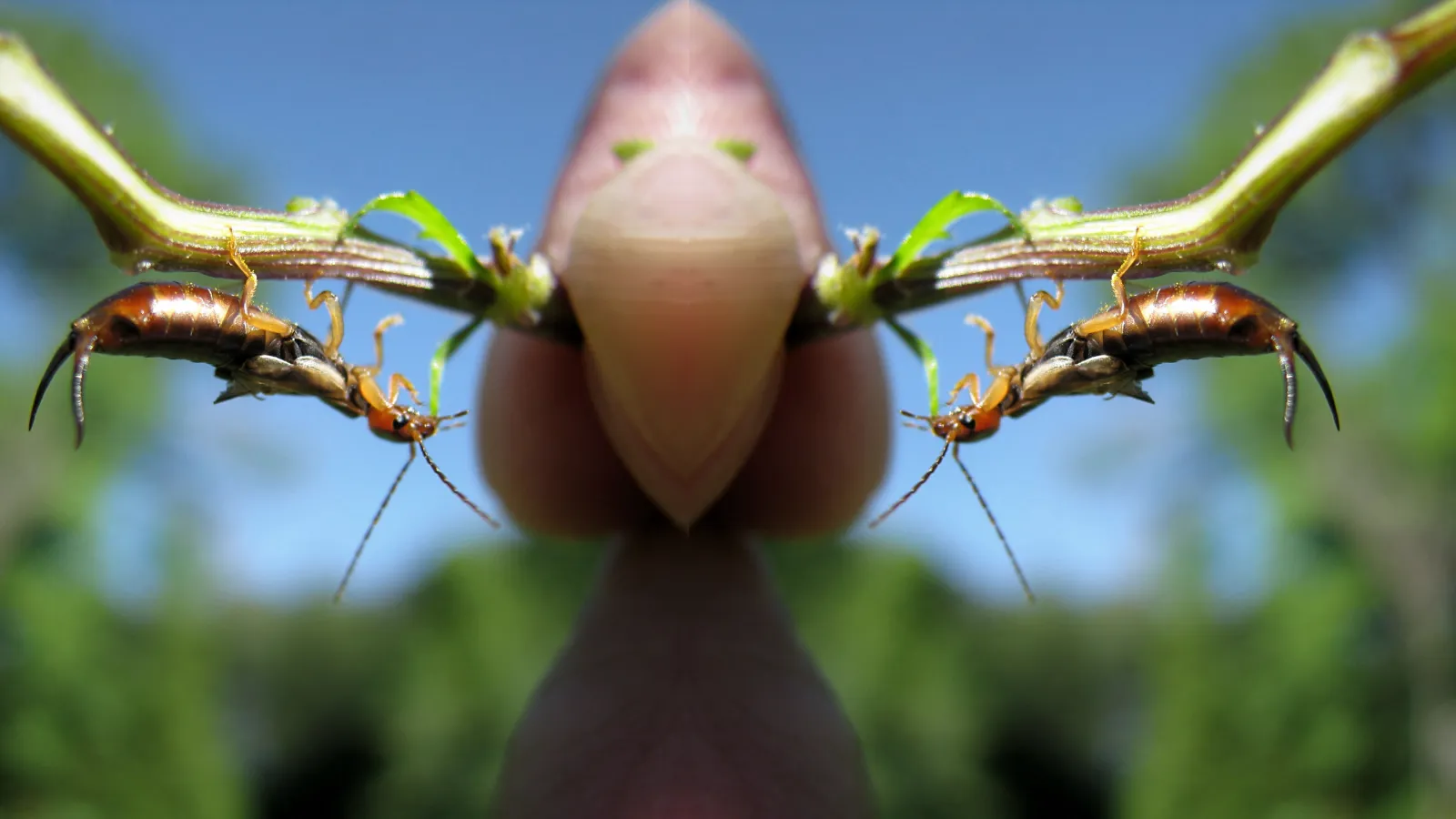
Earwigs
Latin Name: Forficula auricularia
Earwigs are particularly eye-catching--not because of their stunning charm or good looks, but more so due to their intimidating appearance. Their flat brown or black bodies range in size from 5-25mm and have pincers protruding from their abdomen. This unique attribute tends to make them look poisonous, but they're actually quite the opposite.
In self-defense, specific species of earwigs can produce a foul scent. However, they also produce a pheromone, which causes this insect to group together in very large numbers. Earwig clusters can be a nuisance to homeowners as they've proven to be scavengers for leftover food and crumbs.
There's an old myth that Earwigs will crawl in the human ear at night and lay eggs - this is actually where their name originates! While it is true that insects can, technically, burrow in your ear, there is no documentation of an earwig ever laying eggs in a human ear. That said, Earwigs actually do tend to care for their eggs after they've hatched, which is rare for most insects.
Earwigs are nocturnal and do their best work in the nighttime, which is why they tend to hide out under rocks or cushions during daytime hours. When the sun sets, you can usually find them hanging out in large clusters on your porch or patio, as they're very attracted to lights. However, if there's a sudden change in weather this insect can make its' way into your home and forage off of food that's left out on counters or in pantries.
Keep earwigs out of your home by avoiding mulch more than 2 inches deep, avoiding a surplus of large rocks throughout your yard, cleaning out rain gutters, and setting up dehumidifiers in damp areas throughout your home. If you have an earwig problem in your home, be sure to contact Preferred!
To request a free pest inspection, contact Preferred Pest Control today.
